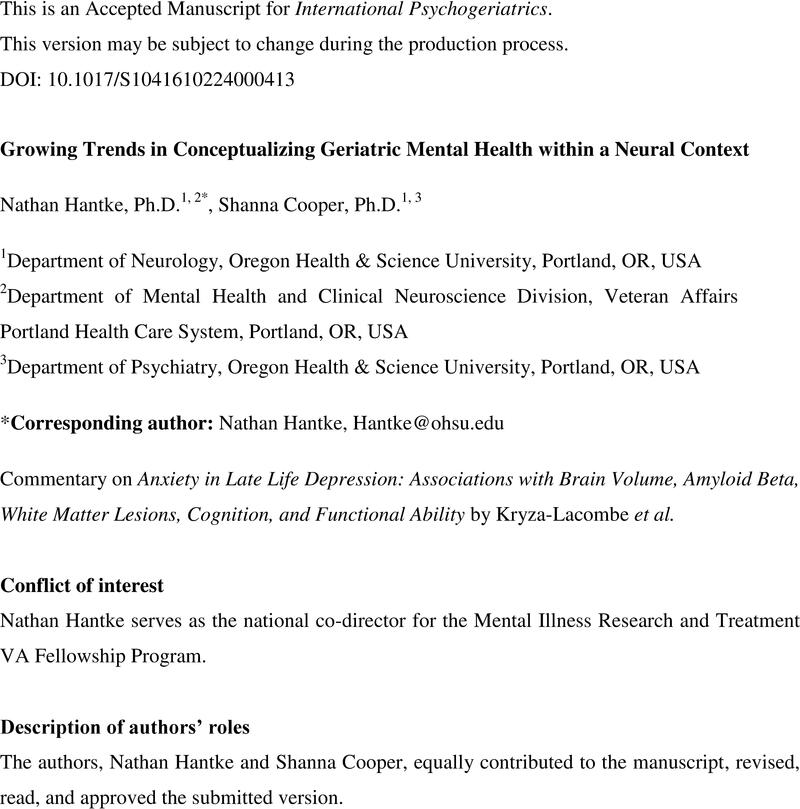No CrossRef data available.
Commentary on “Anxiety in Late-Life Depression: Associations with Brain Volume, Amyloid Beta, White Matter Lesions, Cognition, and Functional Ability” by Kryza-Lacombe et al.
Published online by Cambridge University Press: 29 February 2024
